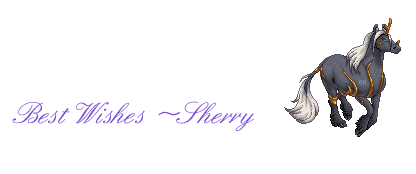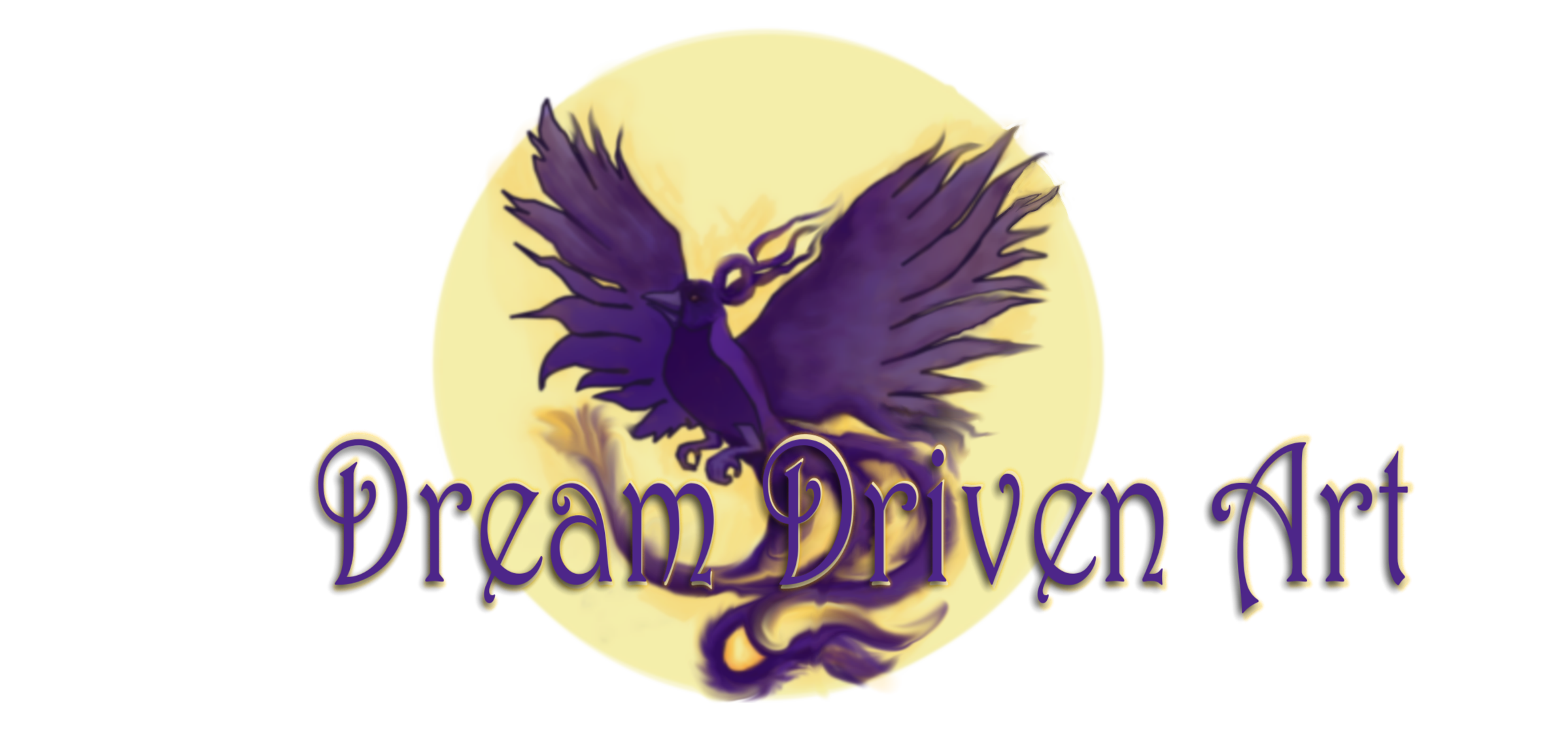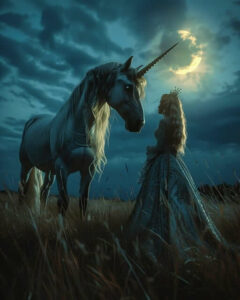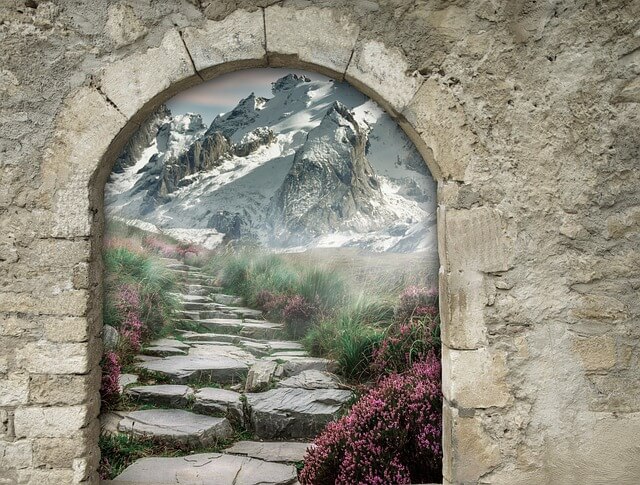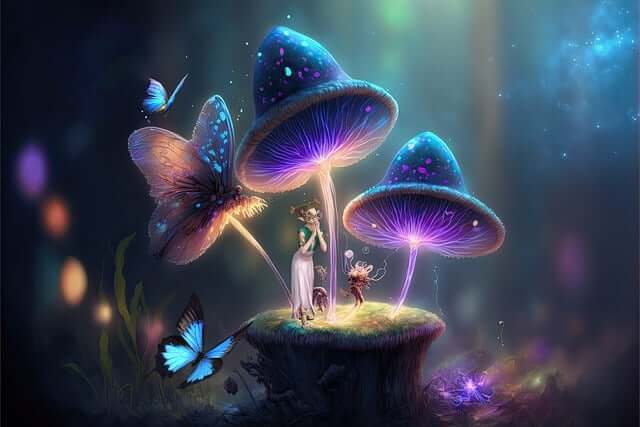How do you get started in Fantasy Art Illustration? Where, exactly do you start?
First, it would be a good idea to understand what fantasy art is about right?
Featured artwork by Willgard on Pixabay
What is Fantasy Art?
Fantasy art is all about imagination and creativity, bridging the gap between what we see and what we dream of. It has its own unique place in the world of illustration, drawing people into magical realms filled with mythical creatures such as dragons, faeries, unicorns, werewolves, and any kind of creature you can imagine along with epic landscapes.
How I Became Hooked on Fantasy Art
As a young child, I was always fascinated with books and movies that had mythical creatures and even characters that you wouldn’t see in the actual reality of today. The old fairy tales were just fascinating to me. Reading Snow White and the Seven Dwarves, Cinderalla, Little Red Riding Hood , and so many more when I was a young child. As I grew older, books such as The Lord of the Rings by J.R.R Tolkien, Gord the Rogue series from Gary Gygax, and books from Dean Koontz were some of my favorites to read, plus many others.
There are many, many more books, movies, video games, and sometimes even real life creatures and nature have been an inspiration to create fantasy art. Of course, way too many to list them all here, I don’t want to bore you to death.
How About You?
I’m sure if you’re reading this, you’ve also found yourself drawn to certain books, movies, or games as well. Maybe not exactly the ones I’ve mentioned, but ones similar. Ones that spark your imagination and creativity. Myths and legends are another source I’ve found I’m drawn towards to learn more about and these often motivate me to attempt drawing creatures from these stories.
Image above attributed to Dancidkid6 on Pixabay
How is Fantasy Art Defined?
Defining fantasy art can be a bit tricky since it covers a broad spectrum. From dragons and elves in high fantasy to futuristic cyberpunk cities, fantasy art includes any visual representation of these characters and creatures or even environments that are not in real life, but only in our dreams…or, even nightmares. It’s characterized by its ability to transport viewers to worlds that exist only in the imagination. That’s what makes it so captivating and diverse.
Starting this journey requires experience and passion. It’s not just about technical skill—though that’s important—but also about bringing your unique vision to life. You need to be deeply drawn to the things that could be a reality in some other world or other time, but only live in our minds. This passion fuels creativity and innovation in your work.
Imagine creating scenes that tell a story, pull the viewer in, and make them feel a sense of wonder. That’s the magic of fantasy art. It’s an invitation to leave the ordinary behind and explore the extraordinary. As you step into this world, remember it’s all about exploring your creativity and letting your imagination run wild.
Fundamental Skills and Techniques
Getting the basics right is key to a strong foundation in fantasy art. Essential drawing and painting techniques are where it all begins. Focus on sketching regularly, experimenting with different media, and practicing various styles. This practice helps you find what works best for you and allows your skills to grow over time.
Some, like myself, absolutely love oil painting, while others find they despise it. Others love water color painting, but I’m not too crazy about it myself. So, trying different mediums and finding which one you enjoy the most helps a lot in becoming the artist you want to be…I probably wouldn’t be creating that much art if I hadn’t figured out how much I enjoy oil painting and lately, digital painting as well.
Do I Need to Learn Anatomy and Perspective for Fantasy Art?
Understanding anatomy and proportions is crucial, especially when you’re creating fantastical creatures. Whether it’s dragons, elves, or other mythical beings, they need to seem believable. Study real-life anatomy first and then experiment by adding fantastical elements. Blending reality with imagination is a hallmark of great fantasy art.
Perspective is also a very important thing to learn to make your characters, creatures, and especially landscapes look believable. Knowing how to make something look like it’s at a certain point of view can make your fantasy art really pop. Knowing perspective also makes it look more “real” since it’s how we see things in real life…if the perspective in your artwork is off it won’t look right. Especially if you’re drawing any kinds of buildings, mechanical objects, or vehicles.
The first time I tried drawing a car at an angle I thought it’d be easy…lol.
I was totally wrong!
It took me awhile to get the perspective looking right. Sure, there might not be too many cars in fantasy art pieces, but anything with wheels, gears, or even box shapes, such as buildings, etc. will pose much the same difficulties when it comes to perspective. But, trust me, wheels or circle-shaped objects can be a real pain when trying to get it to look right!
Image above attributed to Vika_Glitter at Pixabay
What about Color Theory and Composition?
Color theory and composition are definitely a good thing to learn more about. Color sets the mood and can turn a good piece into one that viewers are awed by. Play with different color palettes, understand color relationships, and see how they affect the overall feel of your art. Composition, on the other hand, helps guide the viewer’s eye to what you want them to see first and makes your art more dynamic.
There are quite a few rules of composition in art such as The Rule of Thirds, The Golden Ratio, Pattern & Repetition, Contrast, etc. that learning these will definitely help your main focal point stand out to the viewer. Study compositions in classic art and other fantasy artworks to see what works and why.
Remember, it’s not just about learning the rules but knowing when to break them. Every artist has their own journey and style. As you practice and grow, you’ll develop a unique approach that sets your fantasy art apart.
Image above attributed to Willgard on Pixabay
Tools and Resources for Aspiring Fantasy Artists
Different tools can make or break your workflow. Choosing between traditional and digital tools depends on what feels most natural for you. Traditional tools like pencils, markers, and paints provide a tactile experience that can be incredibly satisfying. On the flip side, digital tools offer flexibility and convenience that’s hard to beat. Plus, once the tools for digital art are purchased, (tablet and software) there is no need to keep buying more paint, paper, canvas, and other supplies needed like in traditional art. As an oil painter, I know oils and canvas can run into some serious expenses when buying supplies.
So, in my opinion, it can be quite a bit cheaper to make your art digitally, depending what traditional tools you’re comparing it to…of course, a simple pencil and a standard sheet of paper don’t cost much either and are a great way to start your artist’s path.
Work with what you have first, and go from there!
Painting & Drawing Programs
For digital illustration, software and hardware choices matter immensely. Programs like Adobe Photoshop, Procreate, and Clip Studio Paint are popular for their robust features tailored for artists. There are drawbacks to some of these however, such as Adobe Photoshop’s pricing which some artists aren’t too happy with since it changed to a subscription based program rather than being able to buy it once and be done paying. I’ve never used it because of this.
Instead, I’ve tried out ArtRage light which was free with my Wacom Intuos tablet and Krita which is free to download for anyone. ArtRage works very well in my opinion and has many great features. But, my favorite is Krita, which many other artists say is in many ways similar to Photoshop. I wouldn’t really know how similar since I’ve never used Photoshop, but following tutorials using Photoshop, I’m still able to follow along using Krita and get similar results for the most part.
Drawing Tablets
Do you need a drawing tablet? Well, no…you can actually draw and paint with a mouse.
I’ve done it. But, it’s much harder with a mouse! You can see my results on the post below:
I definitely didn’t enjoy using a mouse to draw and paint all that much. I’ve found using a tablet and pen gives you much more control. You can adjust how thick your lines are and also the transparency or flow of how much color is being put down. A mouse will just put one thickness of lines or paint no matter how light or hard you press down on it…but, there are ways to adjust these to a point with a mouse depending on what program you use and what brushes and settings are available.
Anways, investing in a good drawing tablet, like a Wacom or an iPad Pro with an Apple Pencil, makes it sooo much easier! A basic Wacom Intuos isn’t that expensive…I bought mine brand new, under $100 and it still works like new years later…and it was a game changer! It made it so much more fun to draw and paint digitally.
Image attributed to geralt on Pixabay
Books & Tutorials
The endless array of books, tutorials, and online courses is also a goldmine. Books like “Color and Light” by James Gurney or “Figure Drawing for All It’s Worth” by Andrew Loomis offer invaluable insights. Platforms like Skillshare, Udemy, and YouTube have countless tutorials that cover everything from basic techniques to advanced skills.
Joining online communities can also be incredibly beneficial. One that I’ve joined to learn illustration and painting in digital art is Paintable from artist David Belliveau. Although it is not exactly focused on fantasy art, the lessons do a great job of teaching drawing and painting digitally. The community is also very welcoming and helpful. Having other artists to talk to and ask questions, and get feedback from has helped my artwork improve a lot since I’ve been there.
I’ve learned a lot of tips as well on how to use different tools in the digital programs that make it much easier to accomplish things. Such as using layers, blending modes, and more. Plus, the teacher, David, is very often on their discord community chat, giving feedback and tips for us, even live video paint overs of students’ artwork on YouTube.
Websites like DeviantArt, ArtStation, and even dedicated subreddits offer a place for feedback, inspiration, and networking. A recent one that is very interesting to show your artwork on is Cara as well…it’s a site just for artists to have somewhere to share our art that won’t scrape it for AI…yeah, that AI thing! Seeing other artists’ work and engaging in discussions can spur your own creativity and improve your skills.
Building Your Portfolio and Finding Opportunities
A strong portfolio is your ticket to getting noticed. Focus on creating a diverse range of pieces that show off your skills and imagination. Highlight different facets of fantasy art—from character designs to epic landscapes—so potential clients can see your versatility.
Networking is equally important. Online communities, social media, and art forums are great places to connect with other artists, potential clients, and industry professionals. Attend conventions and local art events whenever possible. They’re perfect for meeting people who share your passion and can offer opportunities.
Freelancing and Commissions
Freelancing and commissions offer real-world experience and a chance to build your reputation. Start by offering work at competitive rates and delivering high-quality pieces. Of course, learn how to set this up first to protect yourself from being scammed or not being paid for your work. Unfortunately, I learned the hard way. But, that’s another story for another day. But, always do the best you can at the time, no matter who your client is or how much they pay you. Satisfied clients often lead to word-of-mouth referrals, which can be invaluable.
Breaking into the industry might seem daunting, but persistence and passion can take you far. Look for job postings on art-related job boards, apply to work with game studios or publishing houses, and keep honing your craft. The more you practice and engage with the community, the more opportunities will come your way.
What kind of art do you enjoy making?
Do you enjoy creating your own characters, creatures, and out of this world landscapes?
Or, do you enjoy drawing and painting real subjects such as people, animals, cars, landscapes, etc. ?
I’d love to know what you enjoy or would like to do.
Please feel free to leave any questions or comments below,
I’m always happy to hear from fellow artists or readers interested in fantasy art. And, as always…feel free to share this if you like it!
I know this has been a long read, so thank you for reading if you made it this far! ???
